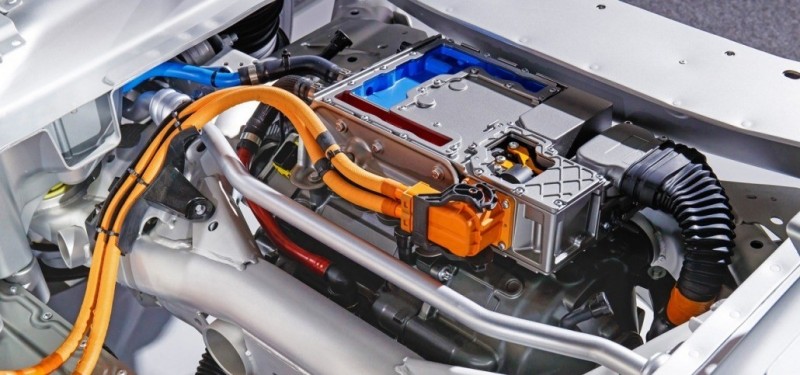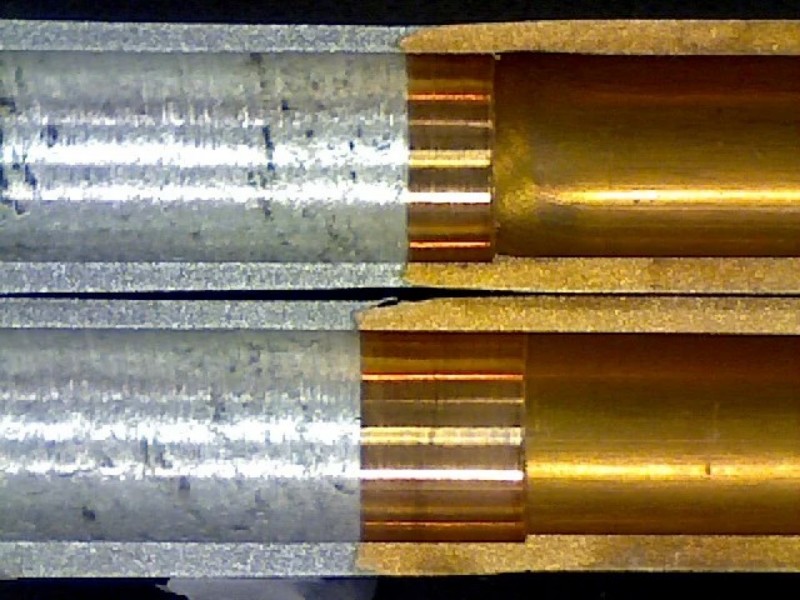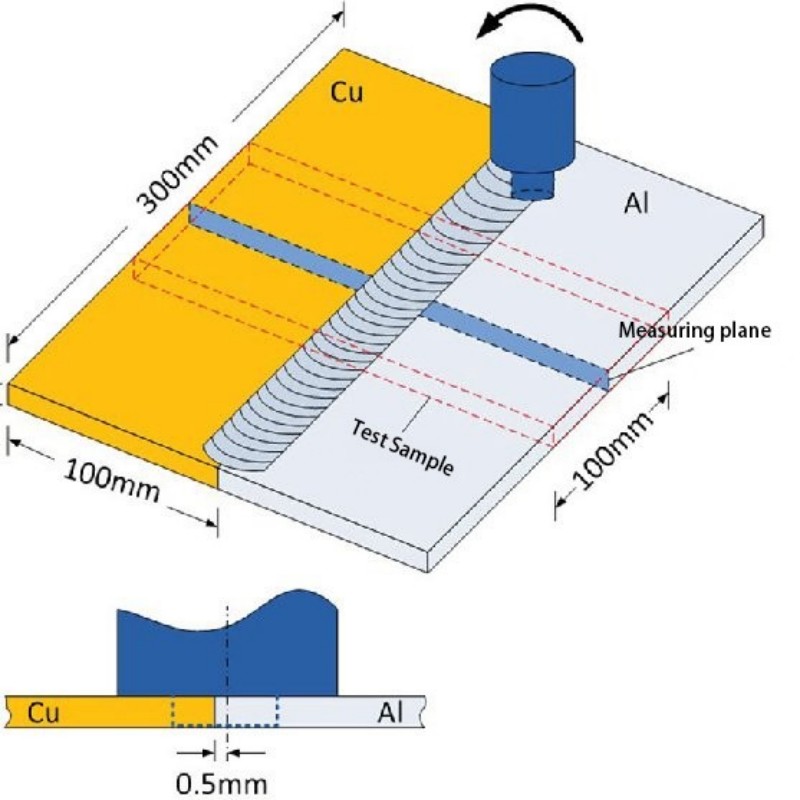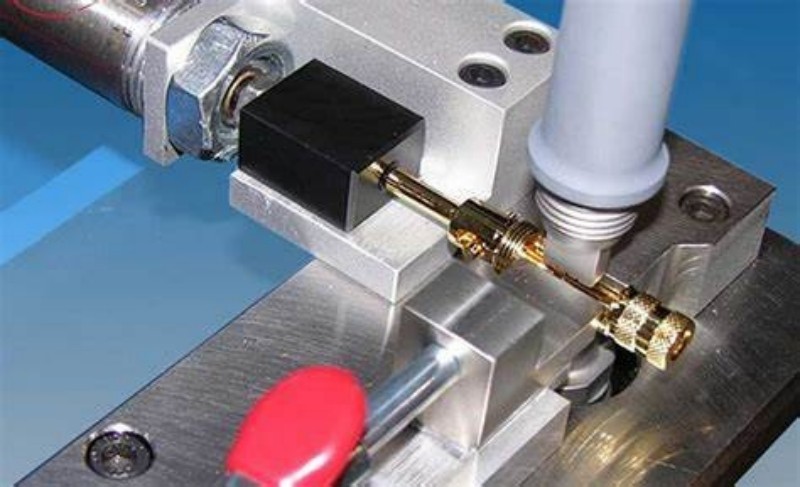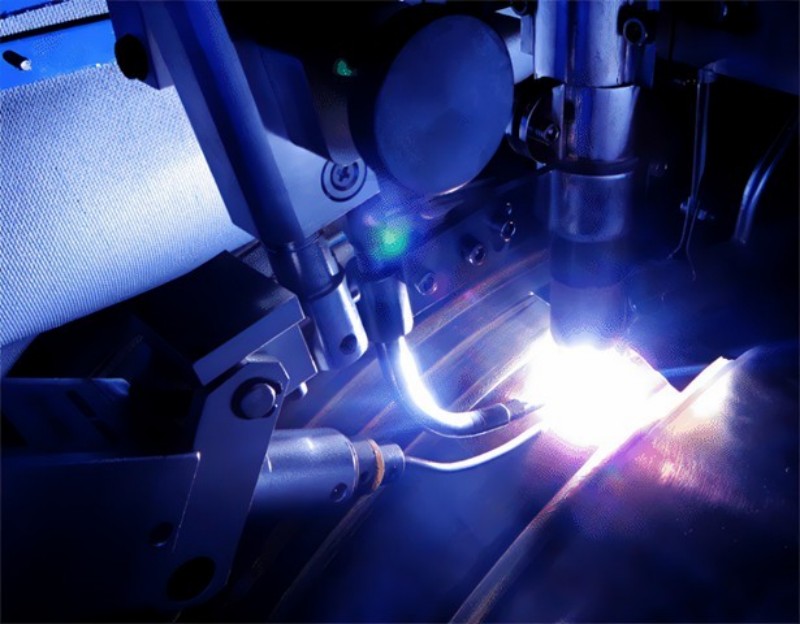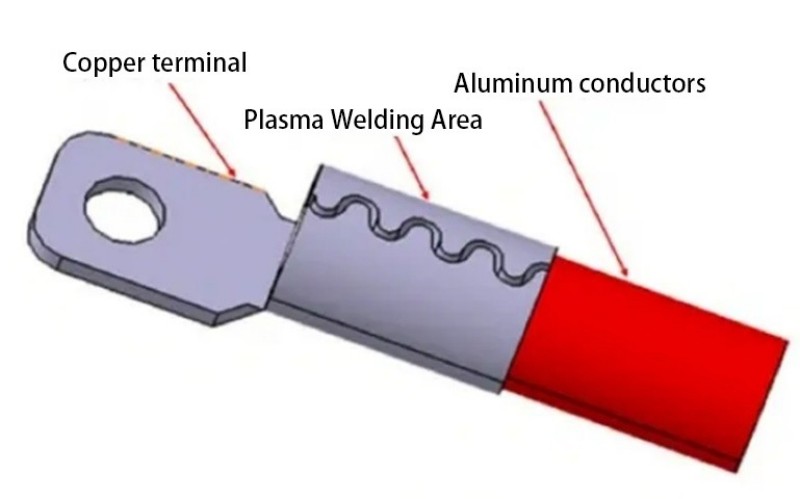In today's rapidly changing new energy vehicle technology, the reliability and safety of high-voltage wiring harnesses, as the neural network of power transmission, is of paramount importance. As aluminum conductors are gradually replacing copper conductors in automotive wiring harnesses due to their lightweight and cost-effectiveness, how to effectively deal with the ensuing challenges of electrochemical corrosion, high-temperature creep, and conductor oxidation has become the focus of industry attention. This paper discusses four mainstream aluminum power harness welding technology - friction welding and crimping, friction welding, ultrasonic welding, plasma welding, new energy high-voltage wiring harnesses for the manufacture of the scientific selection basis.
Friction welding and crimping technology, the clever use of friction welding of copper and aluminum rods to form an alloy transition zone, not only solves the thermal creep problem brought about by the difference in thermal micro-expansion coefficients, but also effectively inhibits galvanic corrosion. The subsequent hydraulic crimping process further enhances the electrical and mechanical properties and ensures the reliability of the connection.
Friction welding builds a tight transition layer through direct copper-aluminum interface welding, reducing the risk of corrosion and simplifying the process. However, the introduction of its specialized equipment and the instability of weld quality become factors for consideration.
Ultrasonic welding, by virtue of high-frequency oscillation, induces the formation of an alloy transition layer between copper and aluminum, effectively preventing corrosion while stripping away the oxide layer and improving the electrical and mechanical properties of the welded joint. Cost-effectiveness and equipment popularity are significant advantages, but the lack of vibration resistance limits its application in specific scenarios.
Plasma welding, on the other hand, achieves superior corrosion and thermal cratering resistance through the dual safeguard of crimping and soldering. Its high compression ratio breaks down the oxide layer and reduces the contact resistance, and the addition of solder provides an excellent sealing effect, offering both electrical and mechanical enhancements to the connection area. Plasma welding is seen as the ideal choice for high voltage harness welding due to its comprehensive advantages.
To summarize, each welding technology has its own merits, and for the welding needs of new energy high-voltage wire harnesses, cost, efficiency, safety performance and actual working conditions should be considered comprehensively. Plasma coal welding with its excellent comprehensive performance, showing a broad application prospects in the field of high-voltage wire harness welding, and become a new energy automotive industry towards a more lightweight, high performance, high reliability of a powerful driver. With the continuous innovation of technology, the welding technology of new energy high-voltage wire harness will be continuously optimized in the future, providing more solid technical support for green travel.
Post time: Nov-22-2024
